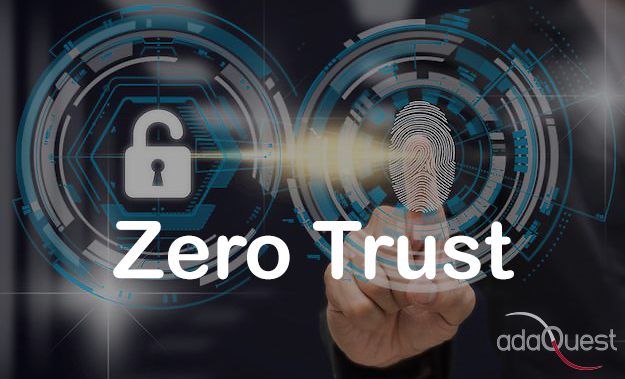
11 Jul “NEVER TRUST, ALWAYS VERIFY.”
Zero trust really means a way to control interactions between users, machines, apps and even data on an individual basis requiring authentication and authorization for security policy, vertically and horizontally and across multiple levels.
Organizations need to implement controls throughout their environments—cloud, enterprise, control center, everywhere to be able to not only protect, but also quickly isolate infested systems, and recover operations.
With Zero Trust, enterprise organizations can now achieve that same high level of confidence by taking a similar inside-out approach to cybersecurity.
As the Zero Trust motto goes: “Never trust, always verify. ”
Here are some benefits of a distributed zero-trust cybersecurity system:
- No reliance on implicit trust zones, static accounts and firewall rules
- Each identity (user, machine, app, data) forms its own perimeter protection
- Access permissions controlled based on identity, role and policy
- All interactions have “just-enough-access” enabled “just-in-time”
- Unsecured protocols such as RDP, VNC, Modbus and their vulnerabilities are never exposed outside of the organization, instead proxied over TLS sessions
- Unlike VPNs that put remote user devices (and potential malware on them) into networks, ZTA remote user devices are never inside the network (not even corporate)
- Controls user-to-machine, machine-to-machine, app-to-machine, and app-to-data interactions and secures file and data transfer within and across OT, IT and Cloud
- Vertical (corporate and remote to control network) and horizontal (ICS site-to-site) access management
- Driven by central policy management and enforced using distributed nodes (any asset, any location). The cybersecurity mesh with distributed identity-based enforcement is a top strategic trend for 2021, according to Gartner.
- Overlays into existing OT/IT architectures with no network changes or systems changes (compatible with existing deployed base of workstations, HMIs, IEDs, etc.)
We can help you to get started your journey. Implement a Zero Trust model and assess your organization’s network, endpoints, and user identity compliance.
“ASSESS THE ZERO TRUST MATURITY STAGE OF YOUR ORGANIZATION.”



Sorry, the comment form is closed at this time.